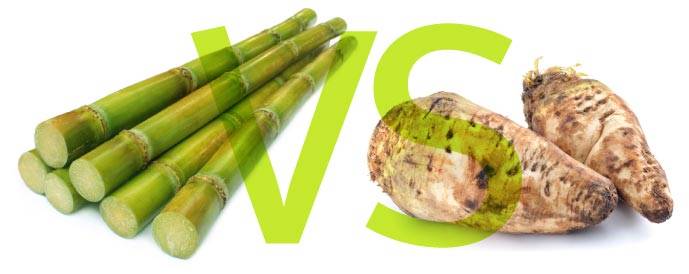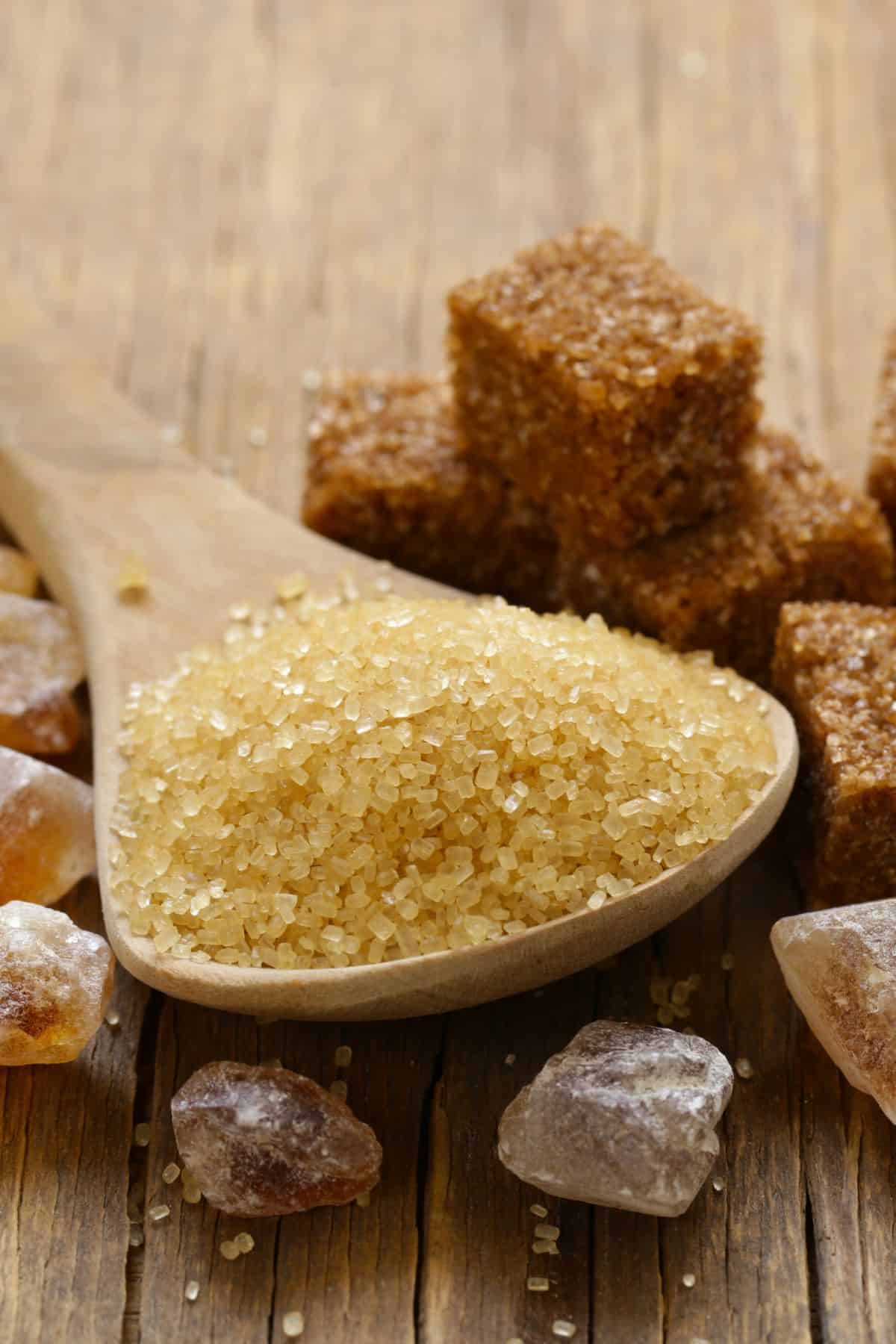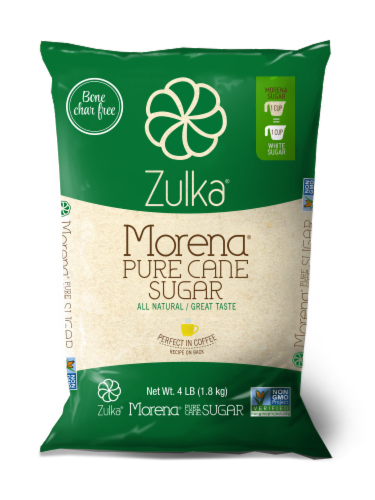Discovering the Comprehensive Tips Associated With Walking Cane Sugar Handling From Gathering to Refinement
The procedure of cane sugar production includes a series of detailed actions, beginning with the cautious harvesting of sugarcane and finishing in the improvement phases that make certain the last item satisfies market standards. Each phase, from the removal of juice to the purification and formation processes, plays a vital role in figuring out the quality and personality of the sugar.
Harvesting Sugarcane
Gathering sugarcane is a crucial action in the cane sugar handling chain, as it directly affects the high quality and yield of the last item. Appropriate timing and strategies are crucial throughout this stage to ensure optimal sugar web content and reduce losses. Normally, sugarcane is harvested when it reaches maturity, typically 12 to 18 months after growing, defined by a high sucrose focus.

Post-harvest, the sugarcane must be refined quickly to avoid sucrose destruction. Preferably, gathered walking stick must be delivered to processing centers within 24 hours to protect sugar top quality. Consequently, effective logistical preparation is essential to preserve the stability of the gathered crop throughout the supply chain.
Removal Refine

The crushed walking stick is subjected to a series of pushing operations to take full advantage of juice healing. Usually, warm water is sprayed onto the crushed walking cane, developing a countercurrent flow that helps dissolve the sugar while also assisting in the removal process. The juice gathered from this operation has not only sugar but also numerous organic compounds and contaminations.

To improve removal efficiency, some facilities might use diffusion methods, where the sugarcane is saturated in hot water, enabling the soluble sugars to diffuse right into the fluid. The resulting juice, abundant in sucrose, is after that routed to subsequent processing stages, laying the foundation for filtration and improvement. The removal procedure is hence pivotal in figuring out the quality and yield of the final sugar product.
Purification Strategies
The filtration methods employed in cane sugar handling are necessary for changing the raw juice into a top notch sugar item. These approaches largely intend to get rid of contaminations, such as dirt, plant products, and not natural materials, which can click this link detrimentally impact the end product's flavor and shade.
This process involves adding lime and heat to the raw juice, which helps with the coagulation of pollutants. In addition, the usage of phosphoric acid can enhance the clarification process by additional binding contaminations.
One more substantial strategy is carbonatation, where co2 is introduced to the cleared up juice. This reaction produces calcium carbonate, which captures remaining impurities and advertises their removal.
Furthermore, turned on carbon treatment might be related to adsorb any kind of remaining colorants and natural impurities, ensuring an extra refined item. The combination of these methods successfully prepares the sugar juice for succeeding steps in the refining procedure, setting the phase for the manufacturing of high-quality walking stick sugar.
Crystallization Techniques
After the filtration phase, the following important action in walking cane sugar handling involves formation approaches, which play a pivotal role in changing the made clear juice right into strong sugar. This process generally uses 2 primary techniques: spontaneous formation and regulated crystallization.
In spontaneous formation, supersaturated sugar services are enabled to cool down naturally, causing the formation of sugar crystals gradually. This method is less complex but may result in irregular crystal dimensions and lower pureness degrees. On the other hand, regulated condensation is a much more precise method where seeding, concentration, and temperature level agents are thoroughly taken care of. This method enables the uniform growth of sugar crystals and higher purity.
During condensation, the made clear juice is concentrated with evaporation, increasing its sugar material till it reaches supersaturation. As soon as this point is attained, either method can help with the formation procedure. Cane Sugar Processing. The resultant sugar crystals are then divided from the continuing to be syrup through centrifugation
Eventually, the choice of crystallization technique affects the top moved here quality, dimension, and pureness of the final sugar product, making this action vital in the total cane sugar processing procedure.
Refinement and Packaging
Just how can the pureness and quality of walking cane sugar be additionally improved after crystallization? The improvement process plays a vital role in achieving high-quality walking cane sugar. Following condensation, sugar undergoes a comprehensive cleaning to eliminate contaminations and residual molasses. This is generally completed utilizing cozy water or heavy steam, which aids dissolve Get More Info and remove unwanted components while protecting the sugar crystals.
Next, the sugar goes through a procedure called centrifugation, where it is rotated at broadband to separate the purified sugar crystals from the continuing to be fluid. After centrifugation, the sugar is usually more refined through a technique called carbonization or phosphatation, which utilizes turned on carbon or phosphoric acid to remove shade and off-flavors.
As soon as improved, the sugar is dried out to accomplish the wanted wetness web content, making certain that it continues to be steady throughout storage and transport. The final action involves product packaging the refined sugar in moisture-proof and airtight containers to keep its quality and prevent contamination. Cane Sugar Processing. Correct product packaging not only expands rack life however likewise facilitates simple handling and circulation, making certain that consumers obtain sugar that satisfies the highest possible criteria of purity and high quality
Conclusion
The thorough steps associated with cane sugar handling, from the precise harvesting of sugarcane to the complex improvement and product packaging phases, highlight the value of each phase in making sure high-quality sugar production. Optimum harvesting strategies, reliable removal methods, and rigorous purification processes jointly add to the last product's purity and security. The formation and succeeding packaging practices better boost the stability and service life of the sugar, highlighting the intricacy and accuracy integral in this important agricultural sector.
The procedure of walking stick sugar production encompasses a collection of complex steps, beginning with the careful harvesting of sugarcane and culminating in the refinement stages that ensure the final item fulfills sector criteria. Preferably, harvested cane must be moved to refining facilities within 24 hours to protect sugar high quality.In spontaneous formation, supersaturated sugar solutions are permitted to cool down normally, leading to the development of sugar crystals over time - Cane Sugar Processing. The refinement procedure plays an important duty in attaining high-quality cane sugar.The comprehensive steps involved in cane sugar handling, from the meticulous harvesting of sugarcane to the intricate refinement and packaging phases, underscore the value of each stage in making sure top notch sugar production